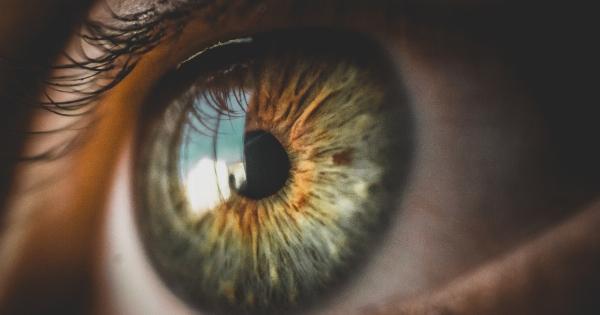Chickenpox, also known as varicella, is a highly contagious viral infection caused by the varicella-zoster virus. It primarily affects children; however, adults can also contract the infection if they haven’t had it before.
Chickenpox is characterized by a widespread, itchy rash on the body, along with flu-like symptoms such as fever, headache, and fatigue. While it is generally considered a mild illness in children, it can be more severe and even life-threatening in adults.
Transmission of chickenpox
Chickenpox spreads through direct contact with an infected person’s blisters, sneezing, or coughing. The virus can also be transmitted by touching objects or surfaces contaminated with the virus and then touching the mouth or nose.
Once exposed to the virus, it takes about 10-21 days for symptoms to appear.
Symptoms of chickenpox in adults
The symptoms of chickenpox in adults are similar to those in children but tend to be more severe. The initial symptoms may include:.
- Fever
- Headache
- Loss of appetite
- Generalized aches and pains
- Feeling unwell (malaise)
After a couple of days, a red, itchy rash begins to appear on the face and torso, spreading to other parts of the body. The rash progresses from red spots to fluid-filled blisters, which eventually turn into scabs.
The entire rash cycle usually lasts about 10-14 days. In adults, the rash may be more extensive and severe compared to children.
Complications of chickenpox in adults
While chickenpox is usually a self-limiting illness, adults are more likely to experience complications compared to children. Some of the potential complications include:.
- Bacterial skin infections
- Pneumonia
- Encephalitis (inflammation of the brain)
- Hepatitis (inflammation of the liver)
- Shingles
These complications can be serious and require medical attention. Adults with weakened immune systems due to certain medications, pregnancy, or underlying medical conditions are at an increased risk of developing severe complications.
Treatment for chickenpox in adults
There is no specific cure for chickenpox, but treatments focus on relieving symptoms and preventing potential complications. The following measures can help alleviate discomfort and promote healing:.
- Taking over-the-counter pain relievers to reduce fever and pain (avoid aspirin in children and teenagers due to the risk of Reye’s syndrome)
- Applying calamine lotion or using antihistamines to relieve itching
- Using oatmeal baths or baking soda to soothe the skin
- Ensuring proper hydration by drinking plenty of fluids
- Keeping the nails short and clean to prevent secondary bacterial skin infections
- Avoiding scratching or picking at blisters to prevent scarring
- Using antiviral medications in severe cases or for individuals with a higher risk of complications
Prevention of chickenpox
The best way to prevent chickenpox in adults is through immunization. The varicella vaccine is highly effective in preventing the infection or reducing its severity if contracted.
It is administered during childhood in most countries, but adults who have not had chickenpox or the vaccine can also receive it. Vaccination not only protects individuals but also helps control the spread of the virus in the community.
Additionally, practicing good hygiene can help reduce the risk of transmission. This includes frequent handwashing, covering the mouth and nose while sneezing or coughing, and avoiding close contact with infected individuals.
If someone in the household has chickenpox, isolating them until the infectious period is over can prevent the virus from spreading.
Conclusion
While chickenpox is generally considered a common childhood infection, it can have more severe consequences in adults.
The infection can lead to various complications, especially in individuals with weakened immune systems or underlying health conditions. It is important for adults who have not had chickenpox or the vaccine to be cautious and take preventive measures to avoid the infection.
Vaccination and practicing good hygiene play crucial roles in preventing the spread of chickenpox and protecting both individuals and the community from its potential complications.




























